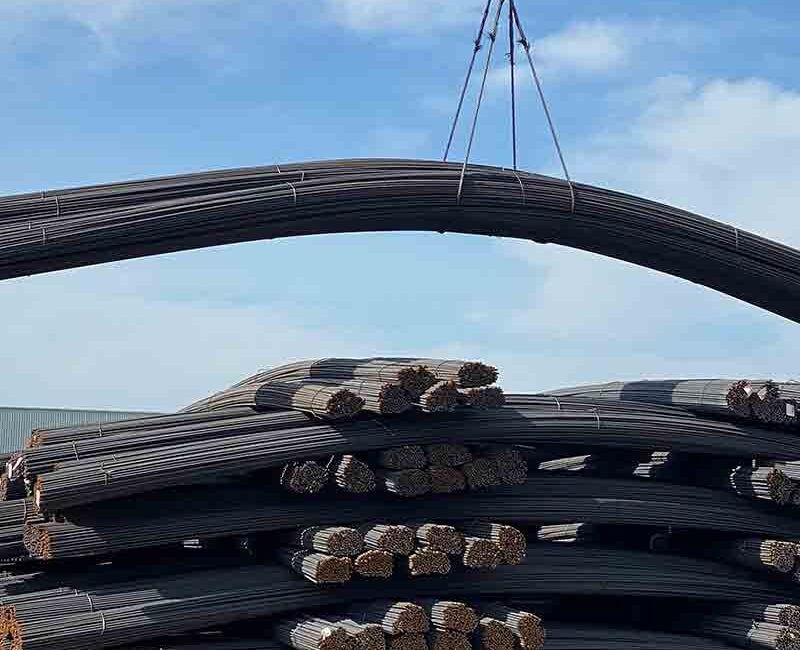Supply situation of steel on August 31:
Domestic steel enterprises continue to carry out large-scale reduction of hot metal production. The blast furnace operating rate and capacity utilization rate of 247 long-process steel mills hit a new low in nearly five months. The year-on-year decline continues to expand. The daily average hot metal output decreased by 10.54% year-on-year to 220.89 tons, reaching the lowest level in recent years at the same period. However, the profit rate of steel mills slightly rebounded to 3.9%.
This week, the operating rate and capacity utilization rate of electric arc furnaces continue to hit a new low for the year (except during the Spring Festival). The year-on-year declines are 27.25% and 22.23% respectively. However, some regions have plans for resuming production in September.
Domestic steel enterprises continue to carry out large-scale reduction of hot metal production. The blast furnace operating rate and capacity utilization rate of 247 long-process steel mills hit a new low in nearly five months. The year-on-year decline continues to expand. The daily average hot metal output decreased by 10.54% year-on-year to 220.89 tons, reaching the lowest level in recent years at the same period. However, the profit rate of steel mills slightly rebounded to 3.9%.
This week, the operating rate and capacity utilization rate of electric arc furnaces continue to hit a new low for the year (except during the Spring Festival). The year-on-year declines are 27.25% and 22.23% respectively. However, some regions have plans for resuming production in September.
Demand situation:
Although there is some improvement in overall demand, it still appears weak. The apparent demand for threaded steel has continued to rise for two weeks, and the apparent demand for hot-rolled coils has increased significantly. However, judging from downstream market conditions and manufacturing orders, the continuity of demand recovery remains in doubt.
According to incomplete surveys, among high-speed railways, high-speed roads, subways, water conservancy and other infrastructure projects, the majority have no new projects starting. Moreover, currently 84% of infrastructure projects are facing capital constraints, and even the expected capital situation in the future is also tight. The pulling effect of infrastructure projects on steel demand is not optimistic.
Although there is some improvement in overall demand, it still appears weak. The apparent demand for threaded steel has continued to rise for two weeks, and the apparent demand for hot-rolled coils has increased significantly. However, judging from downstream market conditions and manufacturing orders, the continuity of demand recovery remains in doubt.
According to incomplete surveys, among high-speed railways, high-speed roads, subways, water conservancy and other infrastructure projects, the majority have no new projects starting. Moreover, currently 84% of infrastructure projects are facing capital constraints, and even the expected capital situation in the future is also tight. The pulling effect of infrastructure projects on steel demand is not optimistic.
In general, the current steel market is in a situation of weak supply and demand. Steel prices show a post-rise volatile adjustment in the short term, with both increases and decreases being small. Future trends need to pay attention to factors such as macroeconomic policies, the resumption of production in steel mills, and the actual degree of demand recovery.






